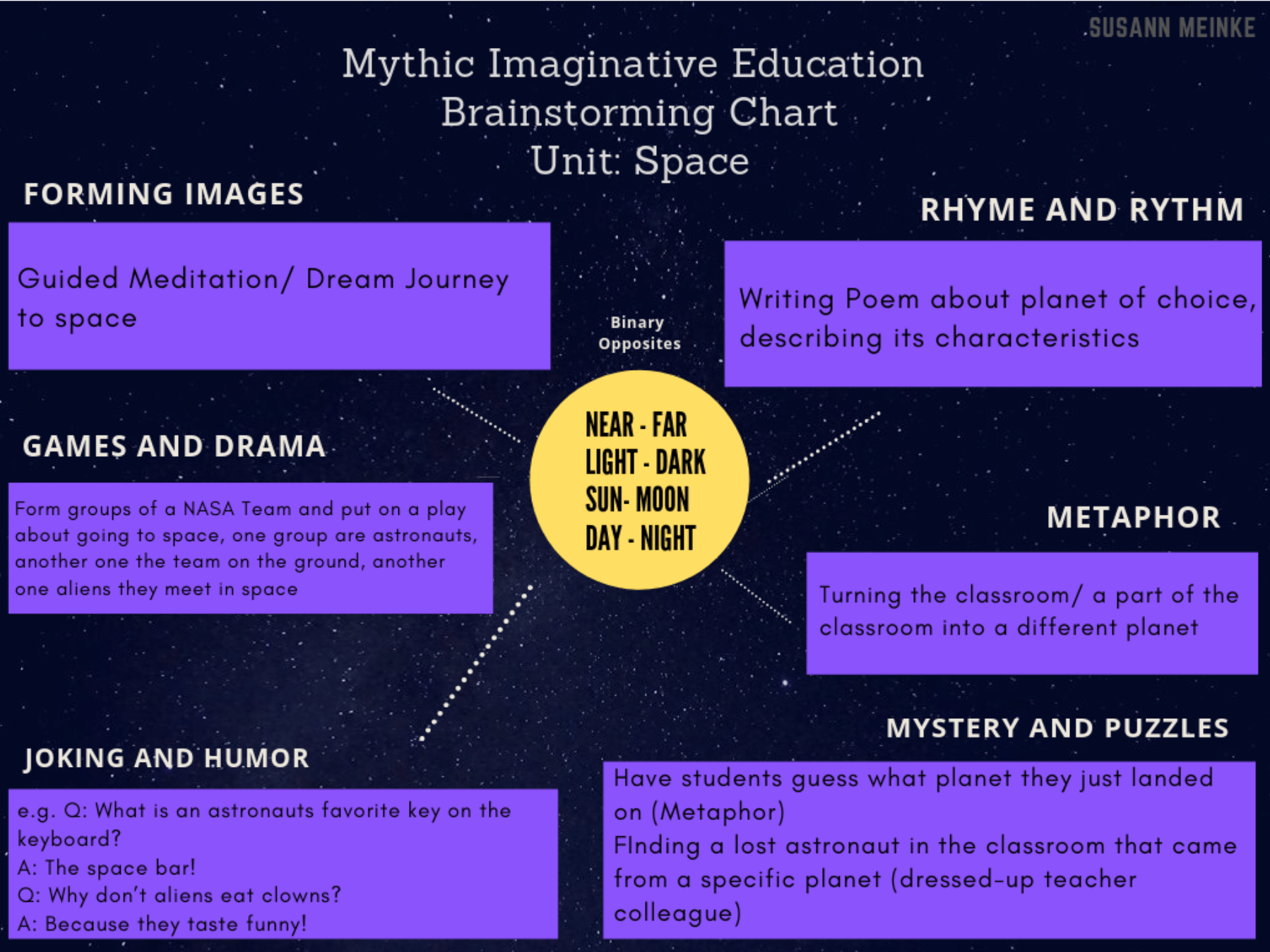 By Susann Meinke: Year 2 Student, International Teacher Education Program (ITEps), NHL Stenden, The Netherlands
By Susann Meinke: Year 2 Student, International Teacher Education Program (ITEps), NHL Stenden, The Netherlands
Susann Meinke is an enthusiastic and creative student teacher from the NHL Stenden University in the Netherlands. She is interested in exploring holistic and imaginative ways of learning and teaching.
When most people think of the word imagination, they think of things we create in our minds, things we dream about, or something that does not exist in reality. We tend to think of the imagination as something children use as a tool to create a fantasy world for play. Even students my age don’t see the imagination as something that can or should accompany us into adulthood.
I am a passionate daydreamer and a strong believer that unless we can imagine something, we can’t make it happen, but dreaming alone is not enough. It is the excitement behind an idea, the positive emotion attached to it, that leads us to the action needed to make the dream come alive. I was inspired when I heard that ‘Imaginative Education‘ was actually centered around these ideas and I was eager to learn about how we could use it to make learning more meaningful for our students.
The very first thing that stood out to me while brainstorming for a hypothetical lesson based on the guidelines of IE was how my own creativity was so important to the process. Working with the Mythic Cognitive Tools really had me working creatively to think of ways to teach that I felt excited about and that would also captivate the students’ interests.
I had to use my own imagination to plan out the lesson, which made it playful for me and engaged me naturally – all goals that I have for my students, too. While I worked, I was deeply focused on the task at hand and my attention span was really focused compared to other tasks from university lectures.
Many passionate and enthusiastic educators have seen (and maybe taught) lessons in which there might have been something fun planned that was out of the norm. I have taught these types of lessons that really grabbed the students’ attention from the beginning. At some point, however, the students realized that the “new” tool was a replacement for their regular worksheets, and the fun subsided, their engagement dropped, and I could not say in all honesty that it was an effective learning experience.
Even though my intentions were good and the activity was more exciting than a worksheet, I felt like there was room for more in terms of meaningful learning and levels of engagement.
What I am starting to love about Imaginative Education is that feeling that “there is room for more.” The idea of expansion of feeling and the use and growth of the imagination is at the heart of Imaginative Education. In Imaginative Education, a student’s imagination is central and continuously involved in the learning process. Emotional engagement makes learning meaningful and more effective. Use of different cognitive tools allow each child to engage differently and expand their imaginative understanding.
I created this chart while I was brainstorming ideas for a unit on Space. It was exciting to work with this tool to identify the many ways in which students can be imaginatively and emotionally engaged (see Playing with Visual Formats).
As a future teacher who wants to make a difference for individual children in my class as well as more broadly in education itself, IE makes me feel excited and hopeful.
I am excited to be part of a revolution in teaching that I think can transform existing educational systems from the inside out. It incorporates the newer paradigms that consider teachers as guides, coaches or mentors to students and also values and involves our expertise as teachers to carefully plan meaningful learning experiences.
With Imaginative Education, teacher and student creativity is equally required and our imaginations are consistently identified and used as a vital part of learning. The learning environment and the philosophy behind it celebrate growth and encourage going beyond what we think is possible.
The Oxford Dictionary defines imagination as “the faculty or action of forming new ideas, or images or concepts of external objects not present to the senses.” As an educator, this means that by using their imaginations, students have the power to more consciously create their futures.
There is room for more.
IE can help our students realise their ability to shape their own futures and the future of the world they live in. This is our WHY as teachers.




